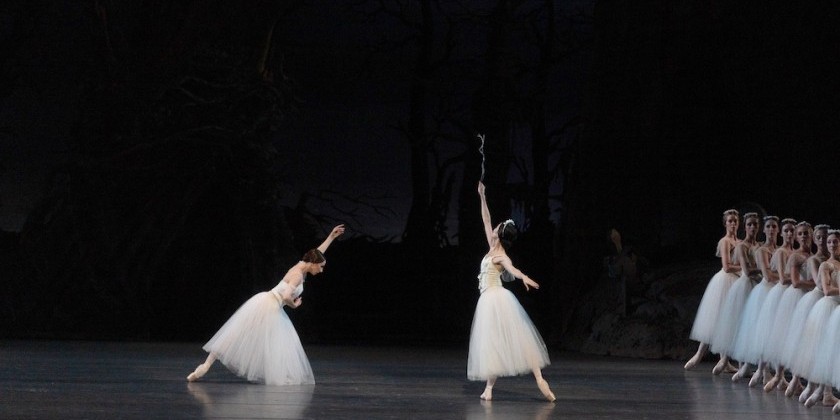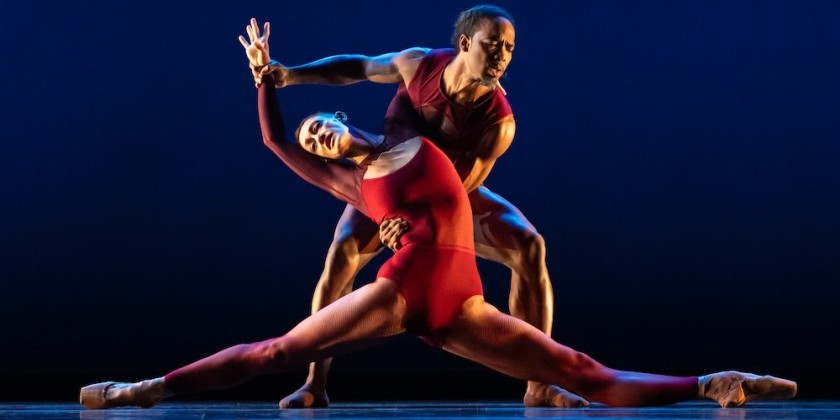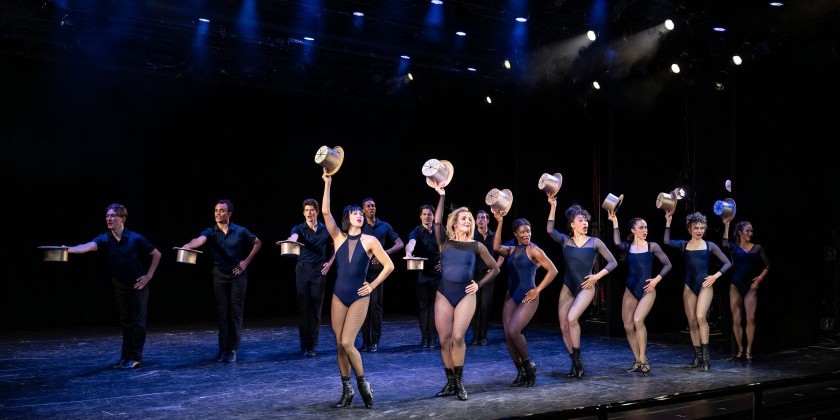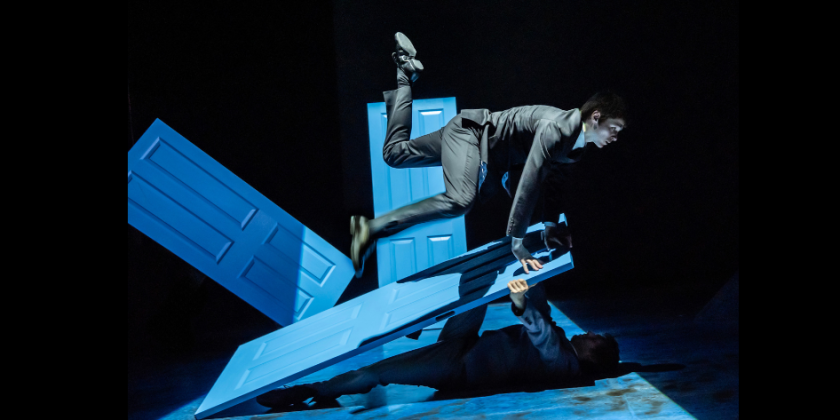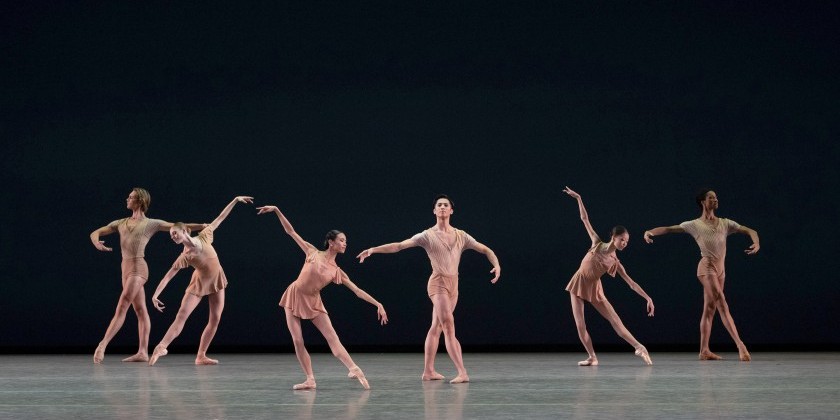IMPRESSIONS: American Ballet Theatre Presents Christopher Wheeldon’s “Like Water For Chocolate” at Lincoln Center
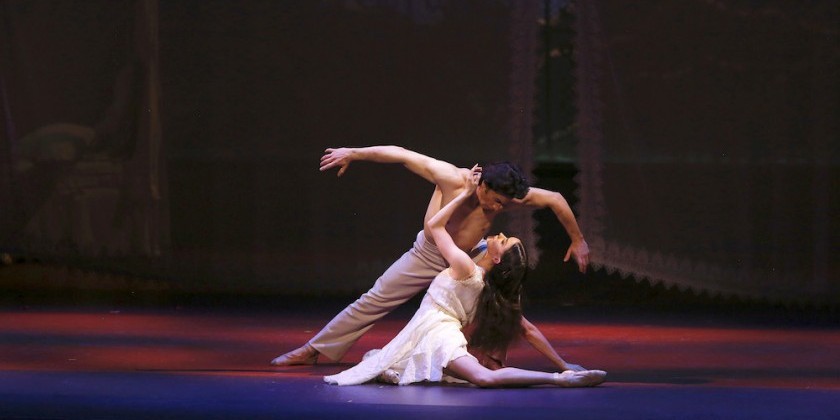
A New York Premiere with Mexican Flavor
Choreography: Christopher Wheeldon
Scenario: Christopher Wheeldon and Joby Talbot
Music: Joby Talbot
Orchestrations: Ben Foskett
Set and Costume Design: Bob Crowley
Lighting Design: Natasha Katz
Video Design: Luke Halls
Music Consultant/Conductor: Alondra de la Parra
Assistants to the Choreographer: Jason Fowler, Gregory Mislin, Edward Watson
Featured Dancers: Cassandra Trenary/SunMi Park (Tita); Christine Shevchenko/Claire Davison (Mama Elena); Hee Seo/Chloe Misseldine (Rosaura); Catherine Hurlin/Skylar Brandt (Gertrudis); Herman Cornejo/Daniel Camargo (Pedro); Thomas Forster/Calvin Royal III (Dr. John Brown); Luciana Paris/Courtney Lavine (Nacha); Carlos Gonzalez/Aran Bell (Juan Alejandrez)
Metropolitan Opera House at Lincoln Center
June 22 - July 1, 2023
American Ballet Theatre opened its summer season at the Metropolitan Opera House with the New York premiere of choreographer Christopher Wheeldon’s ambitious three-act ballet Like Water For Chocolate. Elaborately co-produced by ABT and The Royal Ballet, the work debuted in London in 2022, and is being celebrated for its spotlighting of Mexico’s rich cultural traditions (as stressed in a pre-show video).
Based on Mexican writer Laura Esquivel's eponymous 1989 novel and its 1992 film adaptation — beloved as sensuous expressions of the alchemy of Mexican cooking — the ballet is set to an original score by Joby Talbot that incorporates indigenous Mexican instruments, the poetry of Octavio Paz set to song, and an onstage appearance by Mexican guitarist, Tomás Barreiro.
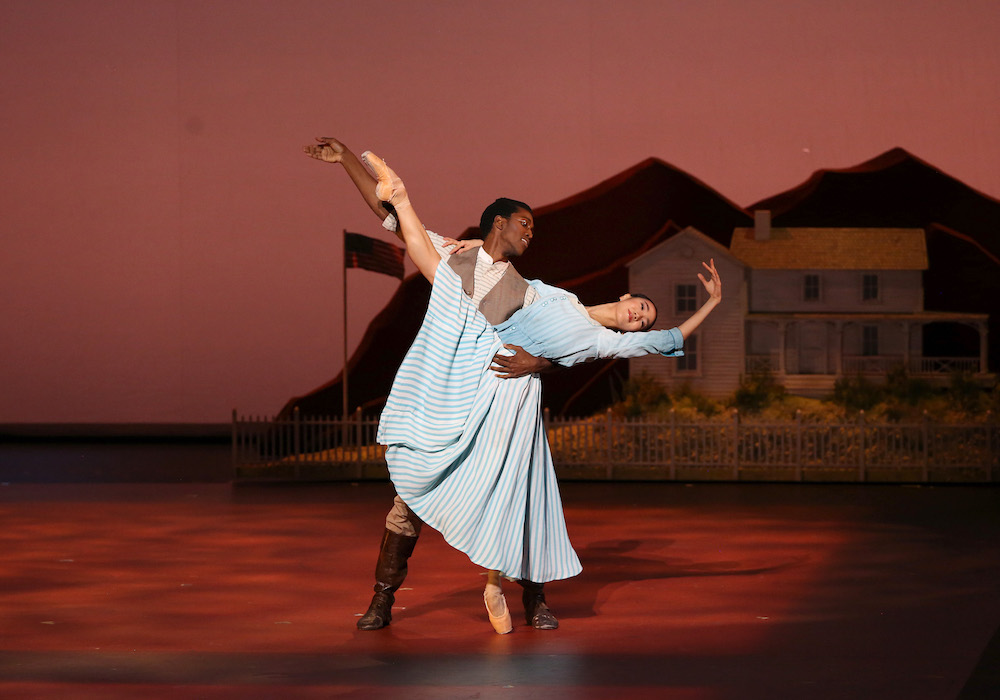
SunMi Park and Calvin Royal III in Christopher Wheeldon's Like Water for Chocolate; photo by Marty Sohl
Yet, despite the Mexican seasonings, Talbot’s score registers largely as programmatic ballet music, and the production’s Mexican essence emerges primarily through its visual design, an amalgam of Bob Crowley's spare yet telling scenic elements, and stimulating video projections by Luke Halls.
The show’s opening image, a row of petite brides in white gowns, rotates and becomes an ominous line of steadily-knitting black-clad widows who reappear periodically across the back of the stage as the gigantic blanket of traditional quilted squares they’re “stitching” curves, rises, and falls, suggesting various locales in northern Mexico and Texas. A bare tree, clotheslines airing white lace-trimmed sheets, earthy-brown mountains projected in the distance, and beams of orangey stucco hanging roof-like overhead all work to conjure a Mexican climate, while a spectacular video of engulfing flames powerfully illustrates the Mexican “heat,” both culinary and emotional, driving the drama. And the historical context of the story, set over 25 years during and after the Mexican Revolution (1910-1920), is stylishly communicated via Crowley’s period costumes for flower-bedecked peasants, well-heeled socialites, and impassioned revolutionaries.
The production’s choreography, however, is not identifiably “Mexican.” Wheeldon said (in a recent New York Times interview) that he wanted to avoid “cultural appropriation,” so he steered clear of utilizing Mexican folk-dance vocabulary. But he certainly took inspiration from other dance “cultures,” notably Broadway musicals. To communicate the back-story of the main character’s domineering mother, Wheeldon borrows Broadway’s “dream ballet” device. And to show what happens when erotic impulses are unleashed by the consumption of rose-petal-laced quail, Wheeldon serves up bawdy choreography reminiscent of the naughty over-and-under-the-table antics in Bye Bye Birdie’s “Shriner’s Ballet.” If not for their costumes, Wheeldon’s “hoedowning” Mexican revolutionaries could be mistaken for Oklahoma!’s cowboys, and the spectre of the ballet’s wicked mother figure may remind Broadway fans of Fiddler on the Roof’s threatening ghost of Fruma-Sarah.
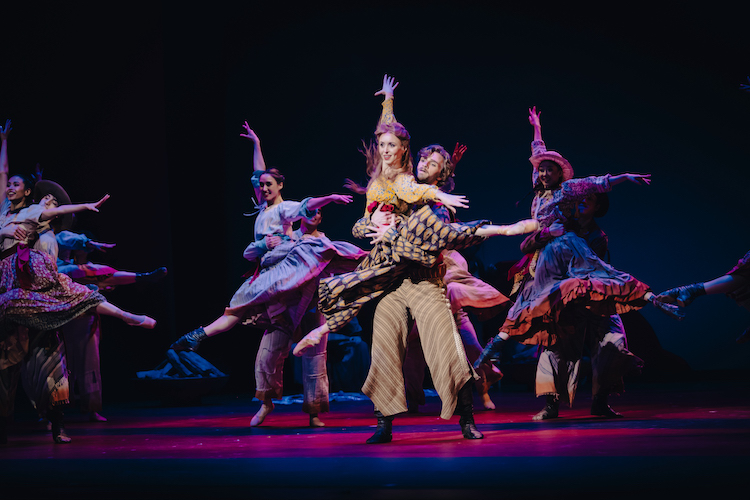
Nonetheless, Wheeldon’s choreography is undeniably inventive. It ingeniously conveys the plot-heavy ballet’s complicated storyline through precise, exactingly-crafted gestural movements, interwoven with exciting bursts of ballet vocabulary. A suddenly-flexed ankle quickly crossed behind the other leg serves as a movement motif for the central character, who intriguingly signals her inner torment by contorting her opposingly bent legs and crunched torso until her body makes a tiny box-shape on the floor. It’s a spot-on visualization of the work’s captivating title. Readers of Esquivel’s book learn that “like water for chocolate” literally means “on the verge of boiling over” — clearly the fueling emotion of this tale of forbidden love.
The action of the ballet’s detailed narrative moves quickly, so in order to be able to follow what’s going on throughout the two-hour work’s twelve different scenes, one is advised to seriously study the lengthy plot synopsis in the program before the performance begins. The story revolves around Tita, a Mexican girl whose family tradition dictates that she, as the youngest daughter, must take care of her mother and never marry. In order to be close to Tita, Pedro, her true love, marries Tita’s sister Rosaura, while the distressed Tita expresses her fervor through the concoction of arousing Mexican foods.
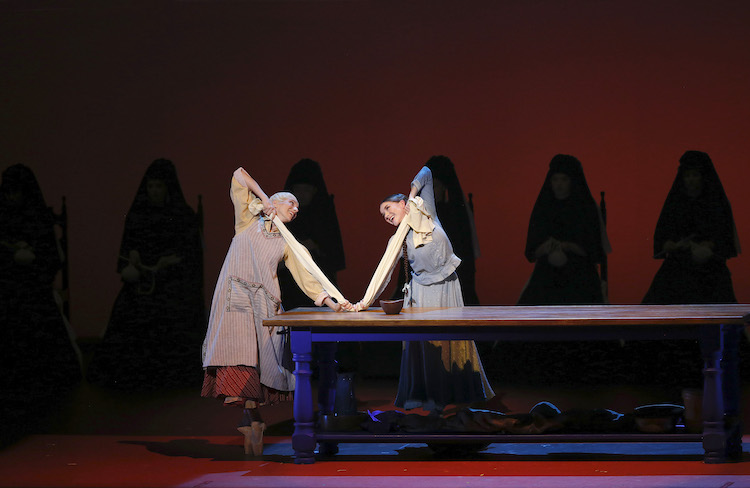
Like Susan Stroman does so imaginatively on Broadway, Wheeldon cleverly commingles props and choreography to portray key dramatic tensions. In a single, gracefully-flowing movement phrase, a long ribbon is symbolically employed to show, first, the love between Tita and Pedro, then her jarring realization that he is marrying Rosaura instead. A giant horse puppet makes the whisking away of Tita’s sister Gertrudis, by the revolutionaries, a startling delight. And Tita and her mother’s wrestling over a baby-blanket acutely depicts their blame-assigning fight over the death of Rosaura’s infant son.
A defining characteristic of the original source material is its appealing incorporation of magical elements into the realistic narrative. However, fantastical occurrences that feel mystical in the novel, are treated almost comedically in Wheeldon’s hands. Yet, while at times the dancers’ exaggerated behaviors look more cartoonish than otherworldly, the performers proffer superb embodiments of the ballet’s distinctive characters. Standouts include Cassandra Trenary as Tita, Christine Shevchenko as the villainous mother, Skylar Brandt as Gertrudis, and Aran Bell as a zealous revolutionary soldier.
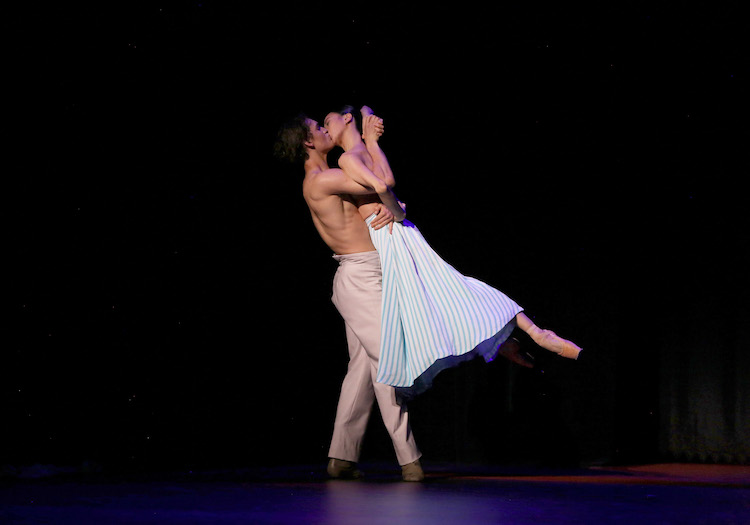
The ballet’s highlights, however, are its entertaining group scenes which, in their resemblance to Broadway musicals, suggest that Wheeldon may be pioneering a choreographic hybrid of sorts, a ballet-based form of musical-theatre dance created for the concert stage. He communicates the narrative in a physical language that’s more theatrical than classically stylized. And unlike typical story ballets Wheeldon’s work leaves little opportunity for viewers to revel in the kind of pure dance passages that extend a single emotion or idea out into space and time, and let us imagine how we want to connect those moving images to dramatic ideas. In Like Water For Chocolate, Wheeldon does all that work for us.








